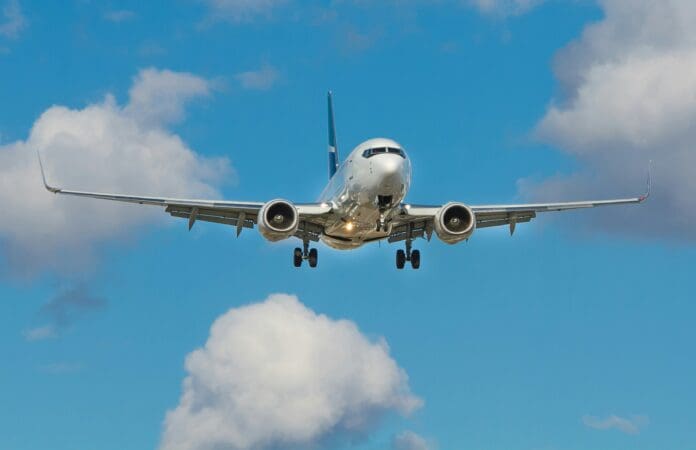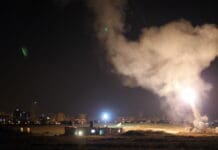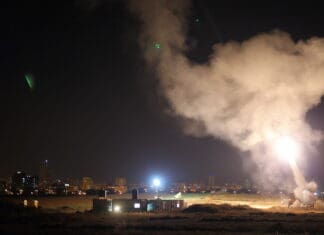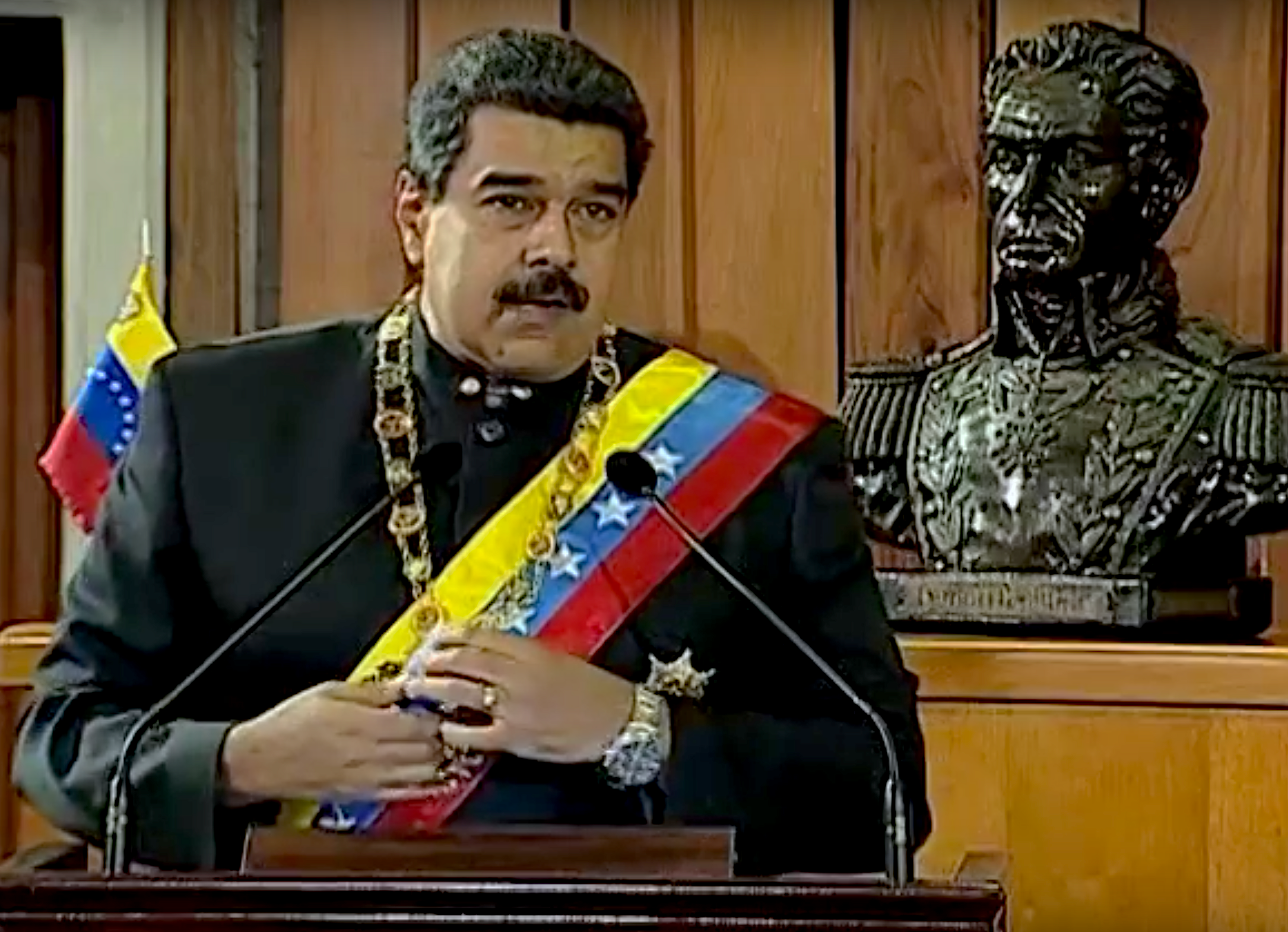This post is also available in:
 עברית (Hebrew)
עברית (Hebrew)
A recent study from researchers at KAUST has introduced a novel approach to reducing the risk of interference between 5G networks and aircraft radio altimeters. By applying a mathematical modeling method known as stochastic geometry, the team has outlined how mobile network infrastructure can be deployed around airports without compromising aviation safety or mobile service quality.
Radio altimeters, which operate at frequencies close to some 5G bands, are used by aircraft to measure altitude—particularly during landings, takeoffs, and low-visibility flights. Unwanted signal overlap from nearby 5G transmitters has raised concerns globally.
To address this, according to TechXplore, the KAUST research proposes strategically shaped exclusion zones—areas where the use of certain 5G frequencies would be limited to protect aviation systems. Using simulation tools, the researchers found that a triangular zone aligned with runways provided optimal protection, reducing potential interference while keeping the impact on 5G performance minimal.
The exclusion zone model also highlights how even a small number of 5G base stations within these protected areas can lead to noticeable performance degradation—up to 20% with one tower, and as much as 50% with three.
The proposed solution doesn’t eliminate 5G from these areas entirely. Instead, it suggests limiting high-frequency transmissions while continuing to allow lower-frequency operation, which poses less risk to aviation equipment.
Importantly, the research goes beyond proposing a policy fix—it introduces a framework for predicting how interference might occur and how it can be managed through network design. With global aviation authorities and telecom regulators still navigating how to safely roll out 5G near airports, this work offers a data-driven basis for future infrastructure planning.
The model is expected to contribute to international discussions on how to balance the needs of next-generation connectivity with operational air safety.
The team’s research was published in IEEE Transactions on Wireless Communications


























